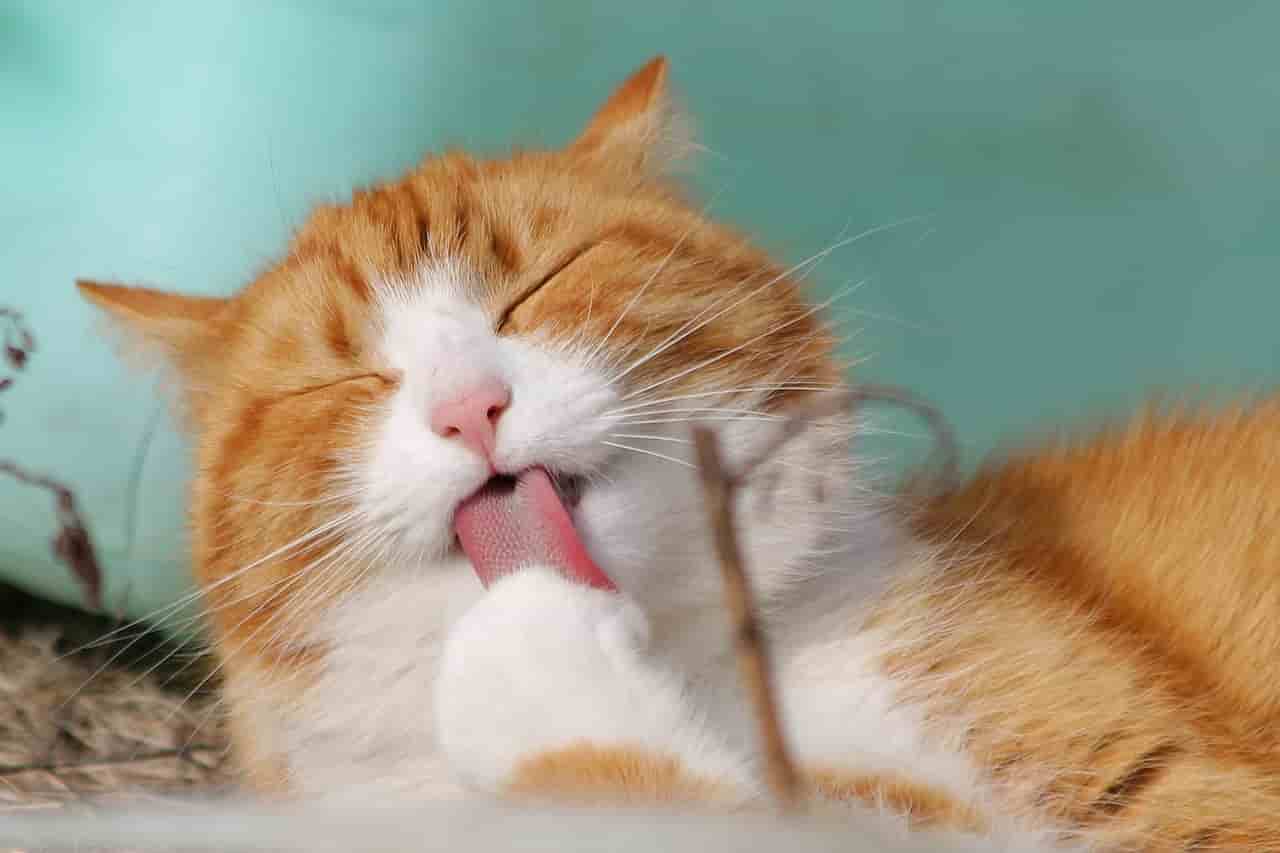With the summer months and their inevitable heat waves upon us, we must remember that our feline companions feel the heat as much or more than we do. It’s not just about keeping your cat comfortable; by ensuring she’s protected from the heat, you can watch her from heat exhaustion and heat stroke and potentially save her life.
Keeping your cat hydrated with plenty of cool water and serving moist food can help keep her calm, but there are other steps cat owners should consider to keep her safe.
What is heat exhaustion, and what is heat stroke?
Heat stroke is a severe condition that cats and other animals suffer when their body temperature is so high that they cannot cool themselves. The precursor to heat stroke is heat exhaustion.
Signs of heat exhaustion in cats include restless behavior in search of an excellent place or area, panting, drooling, sweating paws, or excessive grooming, all of which are efforts to cool down.
Heat exhaustion can quickly become heat stroke if the cat is not comforted. Cats suffer heat stroke when their body temperature reaches 40°C or higher. If you suspect your cat is suffering from heatstroke, move them to a calm, well-ventilated area and immediately call your veterinarian or an animal emergency clinic.
Signs of heat stroke in cats
Heat stroke is dangerous for cats exposed to high temperatures, especially for extended periods. Here are some of the signs to watch for if you’re concerned your cat is suffering from heat stroke:
Gasping or difficulty breathing
Vomiting
Diarrhea
Increased heart rate
Seizures
Excessive drooling
Sweaty Paws
Lethargy
Disorientation
Red tongue or gums
If your cat exhibits any of these symptoms, move him to a cool place and call your veterinarian immediately, even if he seems to have recovered and is behaving normally.
Risk factors for heat stroke
All cats can suffer heat stroke, but some are more at risk than others. Cats with one or more of the following factors may be at increased risk:
Obesity
Respiratory difficulty or disease
Neurological disease.
Being a young kitten or an older cat.
Heart or cardiovascular problems
Flat-faced breeds such as Persian, Himalayan, or Burmese cats
Intense exercise
If you suspect your cat is suffering from heat stroke, the first thing to do is to consult your veterinarian. But if immediate help is not possible, there are steps you can take to help your cat calm down:
Take your cat’s temperature: check your cat’s rectal temperature every 10 minutes. A cat’s average temperature should be between 100.5°F and 102.5°F. Temperatures of 104°F and above are cause for alarm.
Make cool water available: cool water can help lower your cat’s body temperature and rehydrate him if he is dehydrated.
Move your cat to a cool place: At the first sign of trouble, move him to a calm, air-conditioned place indoors.
Add water: A slightly counterintuitive approach is to get your cat’s ears, paws, and belly area with warm water and place him near a fan. This will create a cooling effect similar to sweating.
Apply cold washcloths: If your cat’s rectal temperature is above 105°F or his gait seems unsteady, cover him with cold washcloths or, if allowed, place him in cold water until his temperature drops to 103°F, then stop. You can also set the cold washcloths under the armpits and in the groin, as this is another important heat exchange area. Adding a small amount of alcohol to the water can also be helpful, as evaporation can create a cooling effect.
Remember, even if your cat seems to have recovered, it is essential to have it examined by a veterinarian.
How to prevent heat stroke in cats?
The best way to combat heat stroke is to prevent it from occurring. The good news is that if you take the necessary precautions, your cat should be able to stay calm, comfortable, and safe, even on the hottest days. Here are some preventive measures:
Give your cat plenty of cool water.
Try giving your wet cat food to keep him hydrated on hot days.
Let your cat lie in the shade if you are outdoors or in a sunny indoor area.
If your cat spends most of his time indoors, ensure he is in an air-conditioned, well-ventilated area.
Help your cat avoid hot sidewalks, which can cause him to overheat and burn his paws.
DO NOT leave your cat in a parked car.
Remember that your cat may not be able to tell you when she is too hot, so keep an eye on her when temperatures rise, so you can both have an enjoyable summer together.










